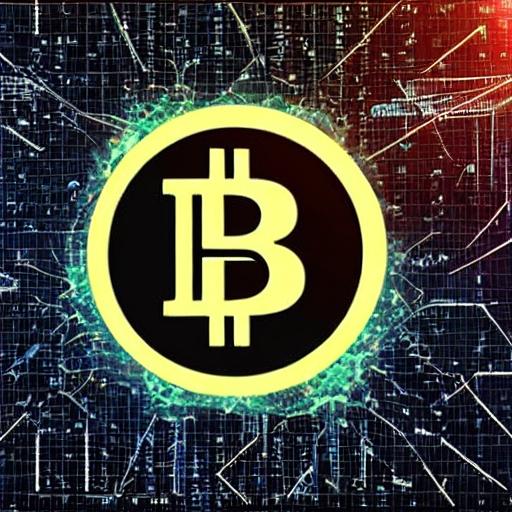NFTs, or non-fungible tokens, have gained significant attention in recent years, revolutionizing the way digital assets are bought, sold, and owned. Unlike cryptocurrencies such as Bitcoin or Ethereum, which are fungible and can be exchanged on a like-for-like basis, NFTs represent unique items or creations that cannot be replicated or divided.
The concept behind NFTs lies in utilizing blockchain technology to create, verify, and trade digital assets with a distinct provenance and ownership. Each NFT is a digital certificate of authenticity, providing proof of ownership and distinguishing it from any other similar item. This uniqueness is one of the key factors that make NFTs valuable and appealing to artists, creators, collectors, and investors.
One of the primary use cases for NFTs is in the realm of digital art. Artists can tokenize their creations as NFTs, allowing them to retain ownership and receive royalties each time their artwork is resold. This concept addresses a long-standing issue in the art industry, where artists often miss out on the financial benefits of their work’s increasing value. With NFTs, artists can secure their rights and gain ongoing revenue streams.
Collectibles have also found a new dimension through NFTs. Virtual trading cards, virtual pets, and virtual goods can now be tokenized and owned as digital assets. This opens up a world of possibilities for collectors and enthusiasts who can buy, sell, and trade these unique digital items. NFTs provide a transparent and secure platform for showcasing and trading digital collectibles, offering a sense of authenticity and scarcity.
Another intriguing aspect of NFTs is their potential to tokenize real-world assets. From real estate to luxury goods, NFTs can be used to establish ownership rights and facilitate transactions for physical assets. By representing these assets on the blockchain, NFTs bring efficiency, transparency, and security to traditional markets while allowing for fractional ownership and increased liquidity.

To trade NFTs, various online marketplaces and platforms have emerged, providing a space for artists, creators, and collectors to showcase, buy, and sell these digital assets. Blockchain technology ensures that ownership history, provenance, and transaction details are decentralized, immutable, and publicly verifiable. Coupled with smart contracts, NFTs can enable automated royalties, licensing terms, and resale conditions, benefitting creators and artists in the long run.
While the concept of NFTs has brought about numerous opportunities and possibilities, it has also raised concerns regarding environmental impact and speculative market behavior. The energy consumption associated with blockchain networks and the high-value transactions of some NFTs have led to debates about sustainability and carbon footprints. Additionally, the highly volatile nature of the market has prompted questions about bubbles and potential risks for investors.
Nevertheless, the concept behind NFTs remains groundbreaking, offering a new paradigm for digital ownership and monetization. As technology and the understanding of NFTs evolve, we can expect to witness further innovation, integration, and adoption across various industries.
